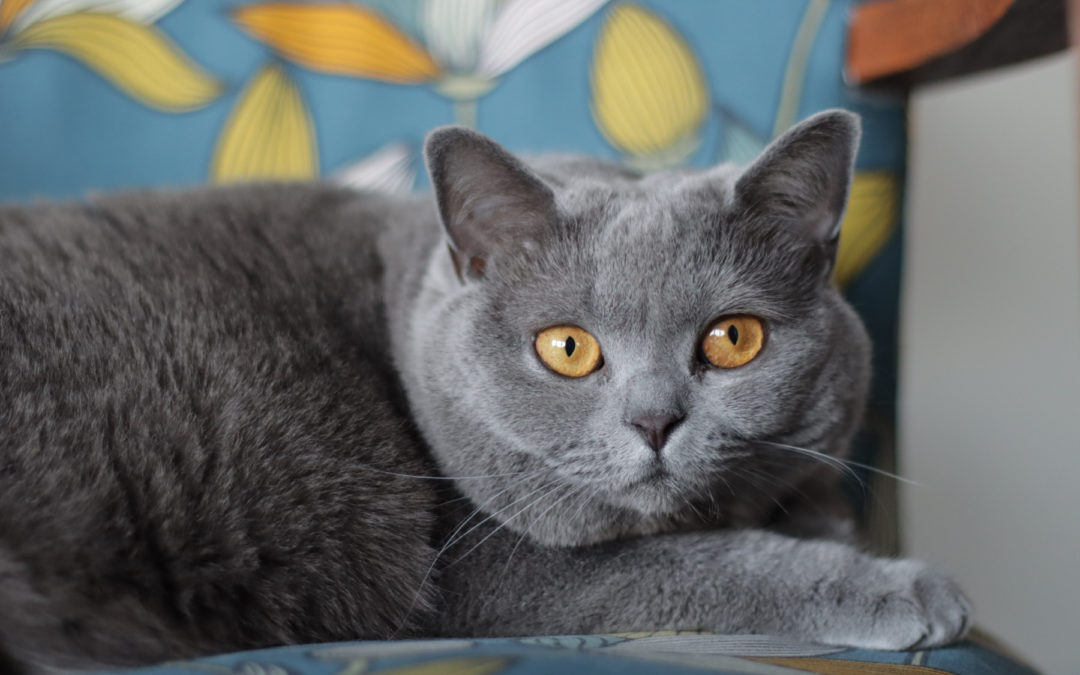On Friday my most memorable conversation was with a customer who had just moved into a new condo. 
The woman, I will call her Leslie, said that it seems that there is a closet in the hallway that has been used for a litter box, and it’s still quite an overpowering odor when they open the door. She said they especially notice it now because they’ve cranked up the heat and all the windows and doors are closed. She said she didn’t notice it before they moved in because she and her partner were wearing masks when they did the walk-through of their home, but now that things are closed up and the heat is on, the smell keeps getting stronger.
There are a few different approaches, which I walked Leslie through during our phone call. The best approach in her case is going to be a complete saturation of the carpet and subfloor with a treatment, and a flush to rinse it all out.
I told Leslie that the reason that she did not smell the urine when they did their walk-through probably had nothing to do with them wearing masks. If the carpets had been recently cleaned and the carpet cleaner used an enzyme, that enzyme was probably still doing its work during their walk-through, so there was no odor. The problem with using an enzyme is that it only works as long as there is active bacteria. Once the enzyme has removed all the bacteria, it will die and stop working – no food source. Enzymes are a quick and cheap temporary solution. Bacteria is different. When a carpet cleaner does not properly remove urine from a carpet, the effects of that cleaning are only temporary because they haven’t removed the food source for the bacteria. So once the enzymes are dead, the bacteria can return. The bacteria is the cause of the odor, and the cause of the bacteria is all the residue that still remains in the carpet. Removing urine is no easy task. Especially if it’s an area where there was a litter box.
Why is urine so hard to remove?
Urine has a very low surface tension, so it wicks into everything. It will go as far as it can enter the subfloor, into your baseboards, into the bottom of the drywall, and start traveling up the wall. Once it dries, it turns into sticky crystals that retain moisture and are impossible to remove with a regular deep cleaning. You have to saturate, soak and flush. This means more chemicals, more labor and more money for the customer.
The other issue that we face is level of saturation of our products. Carpet cleaners are very good at cleaning carpeting – and we can sometimes penetrate beneath the carpet and into the pad, and every so often we can reach as far as the subfloor. But we can only go so far before we risk of over wetting and causing more problems than we are treating. (No one likes mold.)
My solution for Leslie, is that we do a flush. A carpet cleaner was there before, so they probably diluted the residue in the carpet and possibly spread it further. So the only solution aside from replacing the carpet and the pad and treating the subfloor, is to do an extensive flush. We can’t guarantee it, but it’s going cost much less than replacing your carpeting so it’s worth a shot in most cases.


